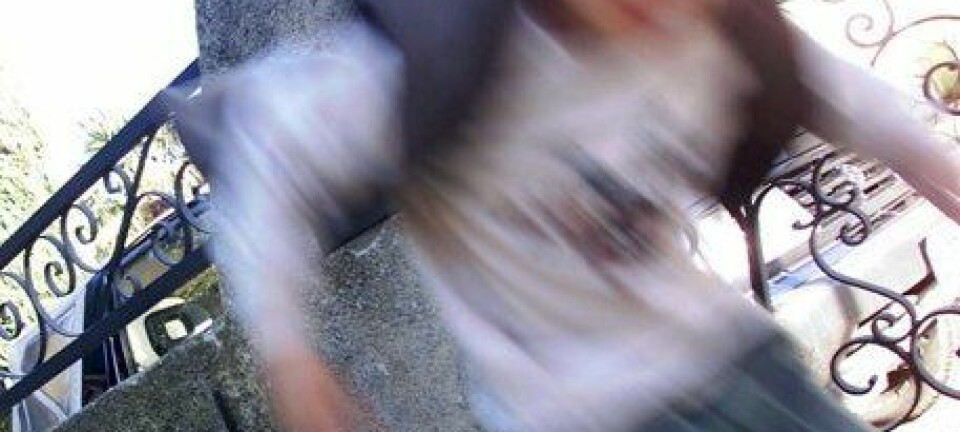
Problem behaviour from impaired vision
Pupils diagnosed with ADHD, learning difficulties or dyslexia could in some cases simply suffer from impaired vision.
Denne artikkelen er over ti år gammel og kan inneholde utdatert informasjon.
Children’s eyesight at age 5-12 is much less developed than previously assumed, according to new research. While boys have better peripheral vision than girls of the same age, girls develop the ability to focus on close-range tasks earlier than boys.
“This could have major implications, particularly for boys,” says Associate Professor Gunvor B. Wilhelmsen at Bergen University College. She points out that 70 per cent of pupils in special education are boys.
Disruptive boys
“Is it merely coincidence that it’s mainly boys - whose peripheral visual stimulus is stronger than girls’ - who are struggling with restlessness?” she asks.
Wilhelmsen suggests this might be connected to boys’ later development of focused vision for close-range tasks – which is a prerequisite to succeed in most school subjects.

“We’re not saying that everyone diagnosed with dyslexia, learning difficulties or behavioural problems are suffering from impaired vision - but we cannot rule out that some pupils have sight issues that could lead to difficulties in reading and writing, and problems with learning or behaviour,” she adds.
Learning difficulties from visual impairment
A case mentioned in Wilhelmsen’s study concerns a pupil who in Year 4 struggled in all subjects, perceiving herself to be dim and ‘bottom of the class’. The teacher described her as lazy with a lack of concentration, and visits to opticians and an opthalmologist did not result in any treatment or corrective measures.
“Fortunately modern technology can identify a wide range of visual impairments. Although she was able to focus both at long and short range, the girl had a loss of binocular vision and continually switched between the left and right eye,” explains Wilhelmsen.
With special glasses and visually-impaired teaching modules she improved her skills in reading and concentration without tiring as easily – increasing her self esteem in the process.
Younger pupils more prone to ADHD diagnosis
Other research supports Wilhelmsen’s findings. Canadian researchers found that children who are born late in the year are more prone to be diagnosed with ADHD. These children, who are 6-8 months younger than their classmates, also have less developed eyesight.
“We don’t know enough about how these factors are connected - but we can’t discount that problems with eyesight could be the cause of some behaviour being diagnosed as ADHD,” argues Wilhelmsen.
Visual stimulation programme
Given the individual rate of eye development in children, it’s an important factor which needs to be considered when teaching them to read at a young age.
Overall, adults – both parents and teachers – have a far too general assumption about children’s visual abilities.
“A programme of visual stimulation in nurseries, similar to current language stimulation and screening tests in year 2 or 3, would help many children with visual impairment,” Gunvor Wilhelmsen concludes.
































